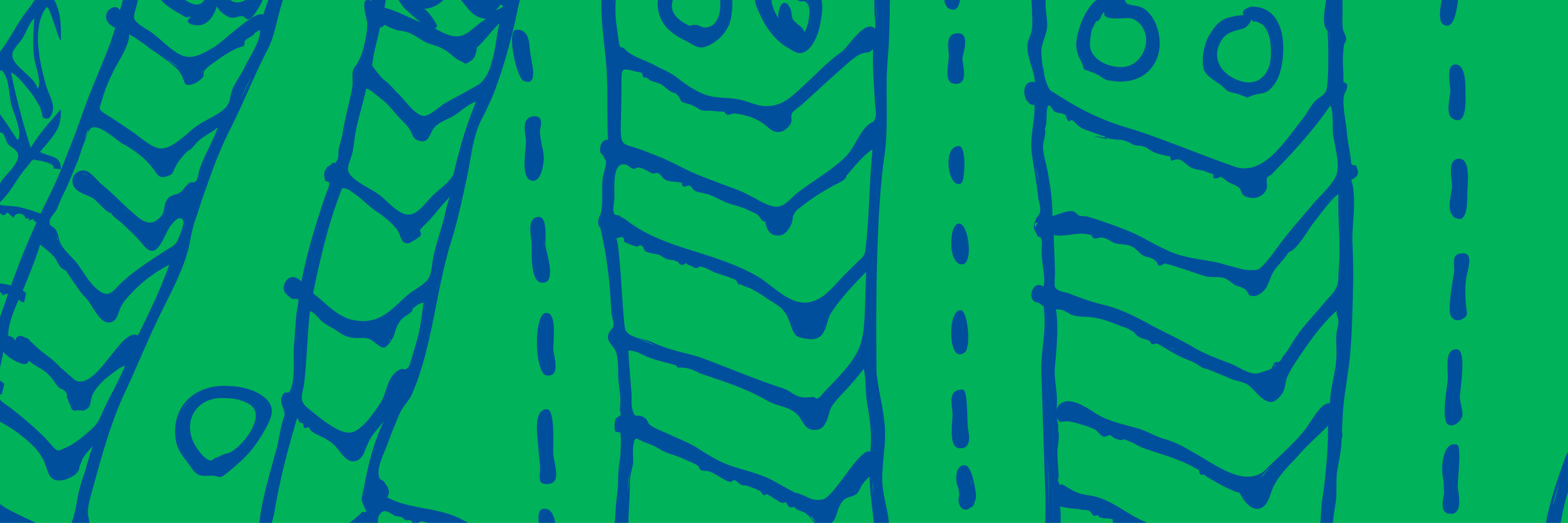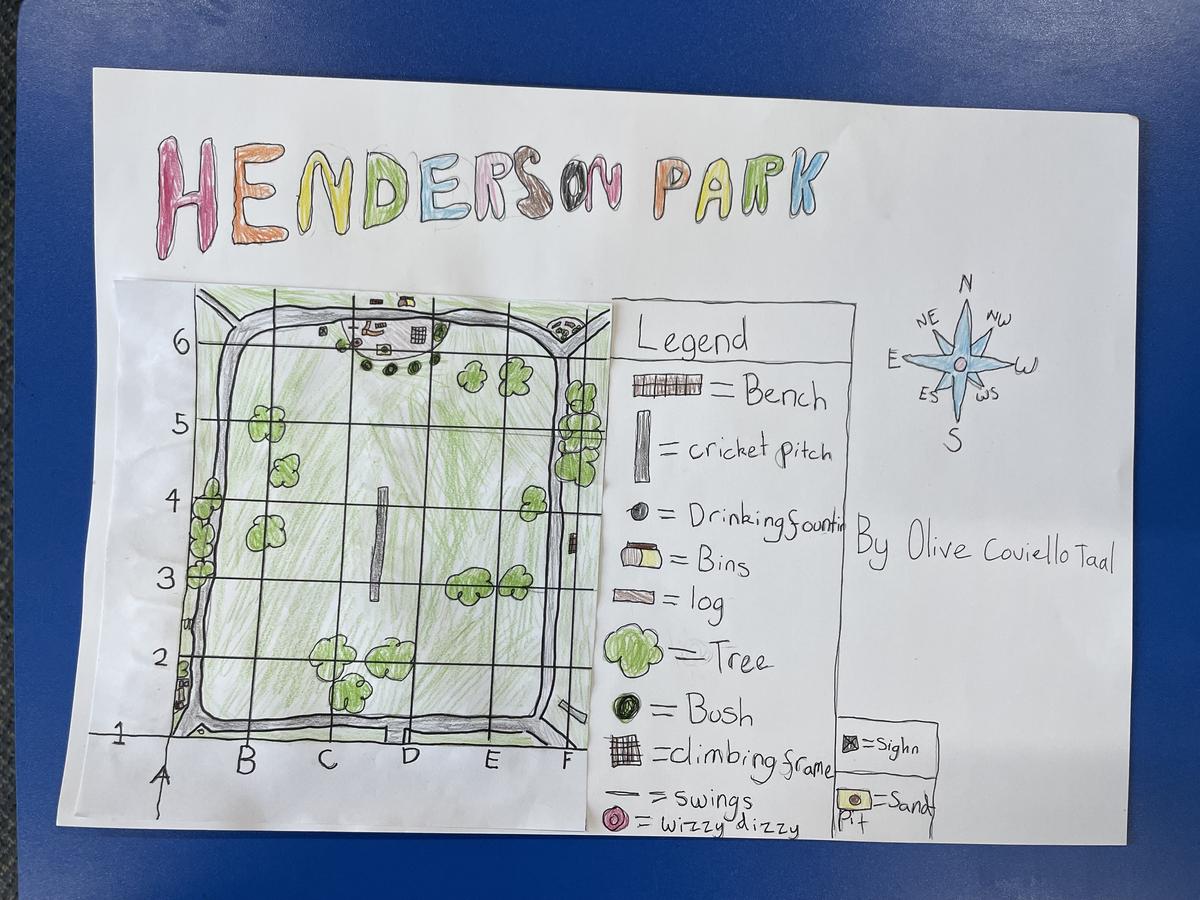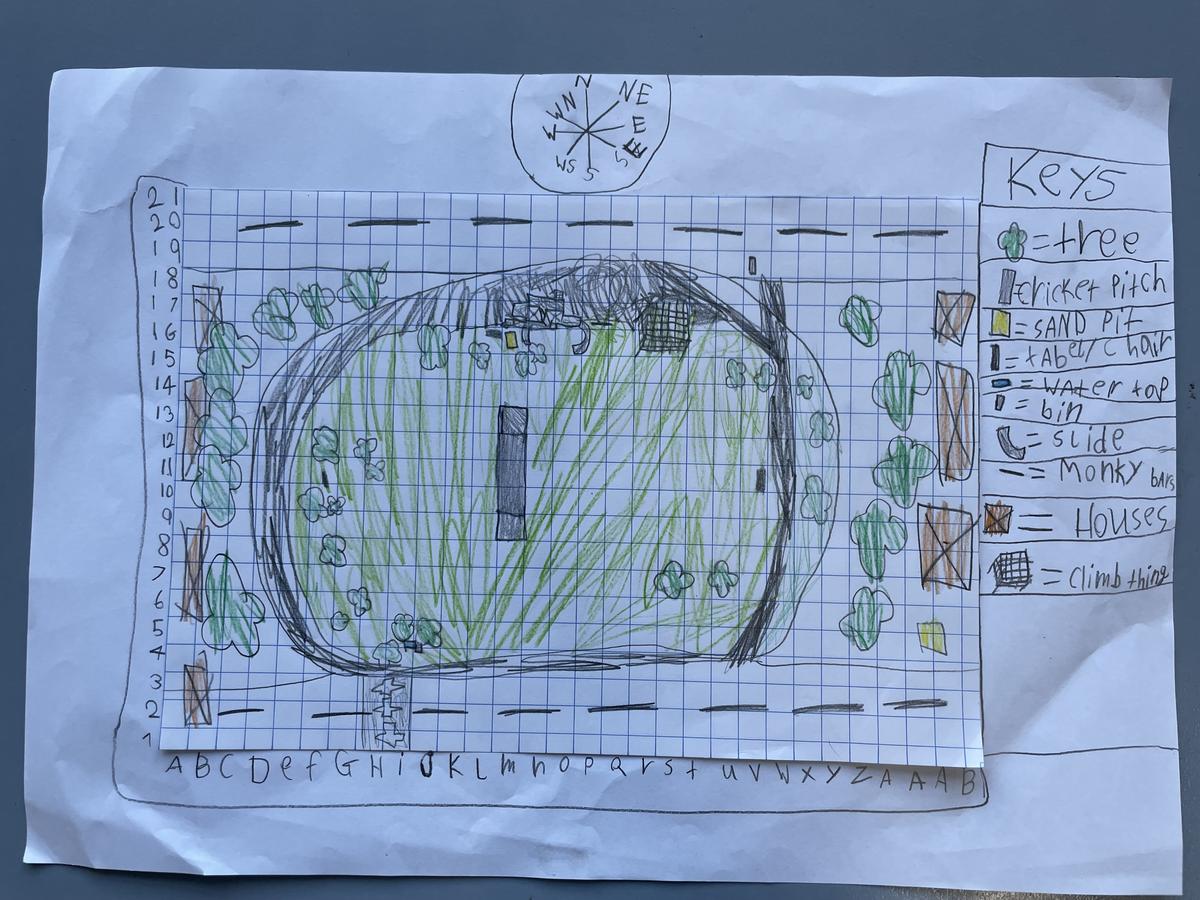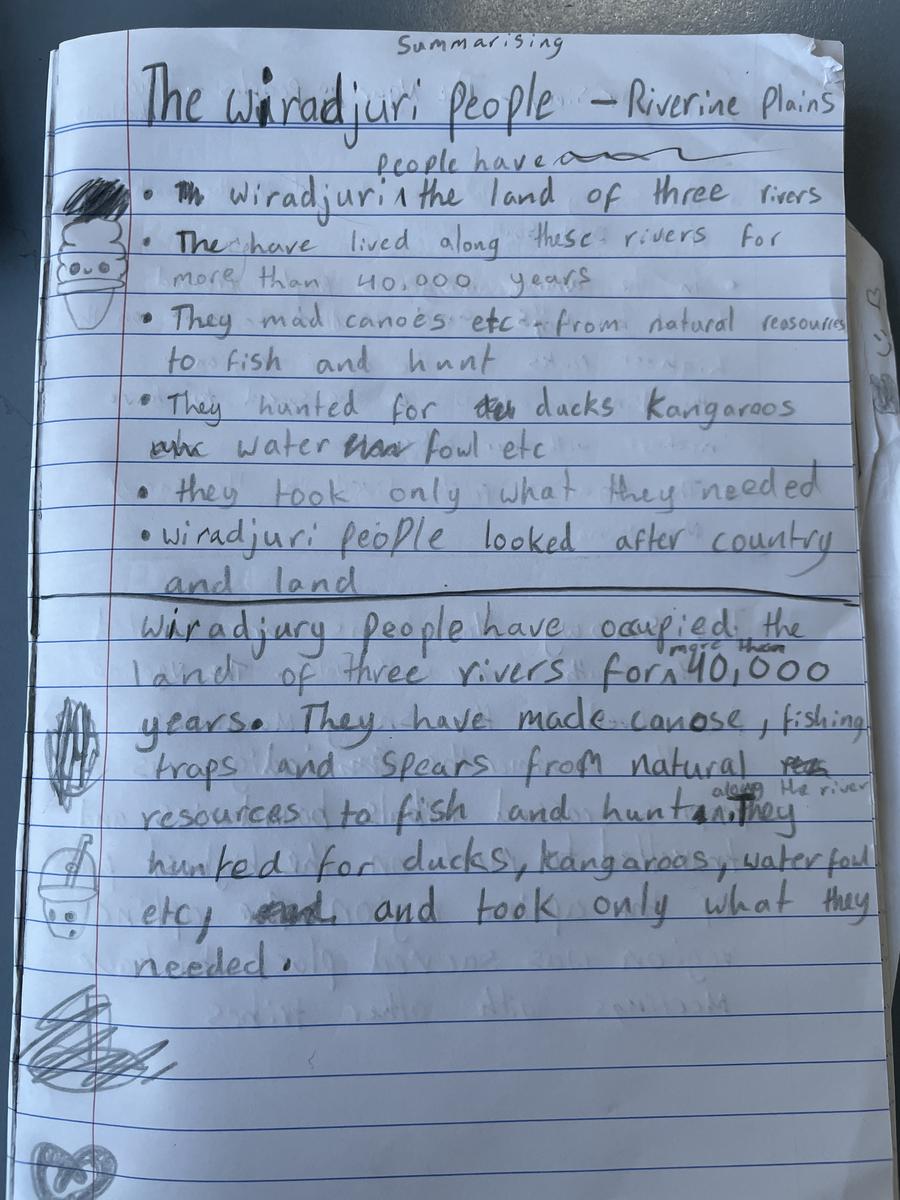Year 3/4 Mainstream
Celebrating Learning

Year 3/4 Mainstream
Celebrating Learning
What we’ve been up to
Students have been further exploring our Caring for Country Unit Focus by developing their understanding of natural resources as they examined renewable and non-renewable resources. They have also been investigating the traditional sustainable living practices of First Nations people throughout Australia. 3/4 students have also been excitedly busy creating stop-motion animations across Art and STEM lessons.
Maths
In Mathematics we have continued exploring efficient mental and written strategies for solving addition and subtraction problems up to 3-digits. We investigated different strategies to solve the same problems and discussed which we felt were the most efficient. These strategies included ‘Bridging to 10/100’, ‘Compensation’ and ‘Partition’ as well as ‘Estimation’ to gauge if our answers looked right. We also looked at ‘Landmark Numbers’ which are numbers that are easy to work with mentally when solving problems such as tens and hundreds.






We moved into mapping this week as we explored various key features of maps. Students created their own ‘Birds-Eye View’ maps of Henderson Park and used a rubric to self-assess their maps to ensure they’d included all the required features. They applied the acronym BOLTS as a guide when adding elements to their maps which stands for Border, Orientation, Legend, Title & Scale. Students investigated grid references as a means to easily identify locations on maps. They also used directional language to guide someone to different landmarks at Henderson Park.


Literacy
In Reading, students continued to practise the four roles for Reciprocal Reading. We moved onto the role of the ‘Summariser’. Students identified the main ideas in texts and recorded these as dot points, words and phrases. Practising this role required students to locate key words and phrases, paraphrase the information, and then construct a verbal summary based off of their detailed notes. Students demonstrated their understanding of this role in small groups, with partners and individually.


In Writing, students have continued with the Writer’s Workshop, with a focus on structures of non-fiction texts (Cause and Effect, and Compare and Contrast). Students used graphic organisers to unpack their thinking as a SEED, Venn diagrams for Compare and Contrast, and ‘First Then’ for Cause and Effect.


We have also been looking for opportunities to ‘upgrade’ action and speaking verbs in sentences. This has required students to identify verbs in their writing and to make edits in order to make these words more interesting and engaging. Additionally, we have been learning to identify and use mental verbs within sentences. For example, “They hoped they would get into cross country”.
What’s coming up:
Things families can talk about at home:

